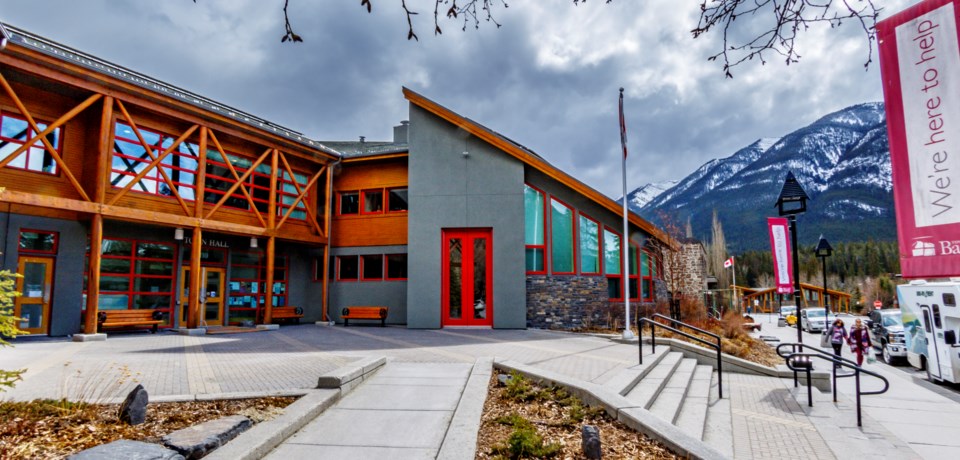BANFF – The Town of Banff sought legal advice before setting its tax rate bylaw this year because the proposed commercial to residential split takes it beyond the cap imposed by the provincial government.
In order to equally share the tax burden between residential and commercial ratepayers, council on Monday (May 25) set the mill rate at 5.9754:1 – above the 5:1 limit allowed under the new Municipal Government Act (MGA).
Town of Banff officials say a document, known as the article of entrustment that needs Parks Canada’s approval to bring these MGA changes into law, has not yet been approved, so the cap doesn’t apply to the national park townsite at this time.
“We discussed this and got a legal opinion on this,” said Town Manager Kelly Gibson. “At this point, we feel confident we can have a tax split as presented.”
Banff differs from other municipalities in Alberta because it is an incorporated municipality located inside a national park.
At incorporation, a special agreement was signed between the municipality and provincial and federal governments because of the unique overlap in responsibilities and authority.
Gibson said the Town of Banff has asked Parks Canada to consider not agreeing to this provision of the MGA, adding that the municipality’s request is being handled by the federal department of justice.
“Justice is still reviewing that, but it has not come into effect so we don’t anticipate that there’s any grounds for the province appealing,” he said during Monday’s council meeting.
“It’s not grossly in excess of the 5:1 split. The reality is, if this does come back and justice disagrees and this does come into effect into law, then for the next tax rate bylaw we would have to abide by that.”
The mill rate determines the relative level of taxation between residential and-non residential properties.
Banff’s financial plan gives guidance to set the commercial to residential municipal tax split at a level that shares the overall percentage tax increase equally between the two sectors. The target range in the plan is between 3:1 and 6:1.
This year, the overall tax levy – which includes municipal taxes, the provincial school tax requisition and Bow Valley Regional Housing levy – will see a decrease of 7.63 per cent compared to 2019.
“In order to equalize that reduction on average properties, the mill rate split would need to be 5.9754:1,” said Chris Hughes, the Town of Banff’s director of corporate services.
“For every $1,000 of assessed value for a non-residential property, they would be taxed nearly $6 to every $1 of residential taxes for the same level of assessed value.”
Administration did prepare other tax splits within the cap – one that would only equalize the municipal tax reduction but pass on the education tax as levied, and the other representing the provincial maximum.
Mayor Karen Sorensen said she understood the thinking behind the options given for council’s consideration, but council wanted to see the tax burden shared equally.
“I am most conformable because I do believe it was the will of council that we could assure residential and non-residential receive similar adjustments,” she said.
Alberta Municipal Affairs did not get back to the Outlook by publication deadline.



